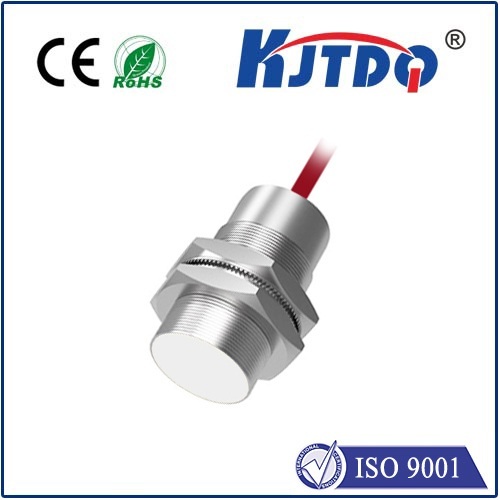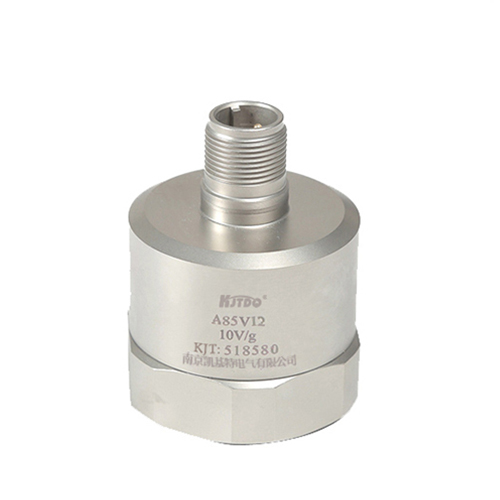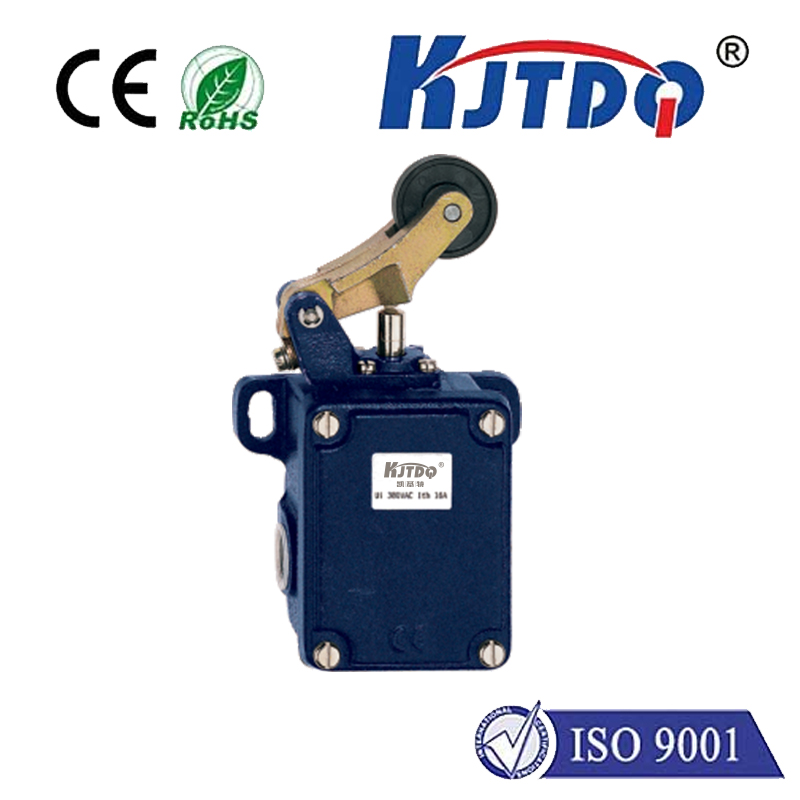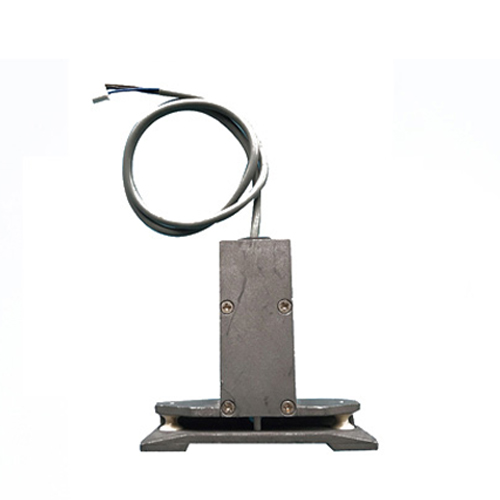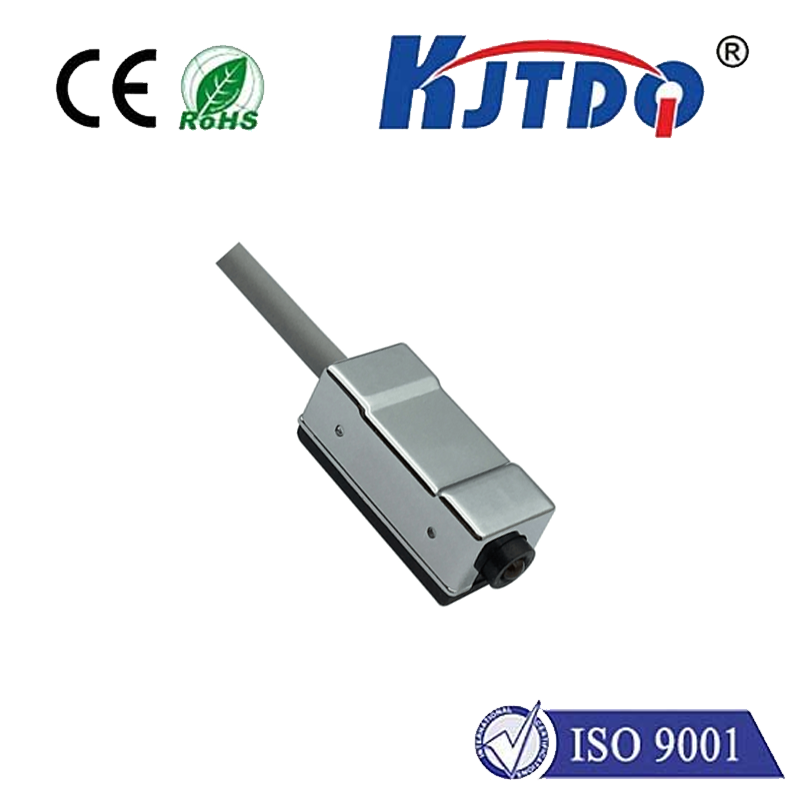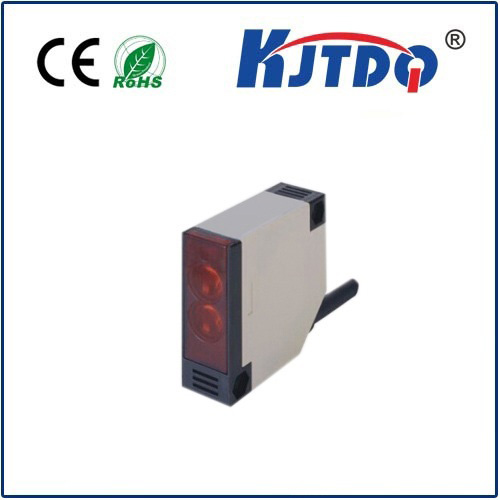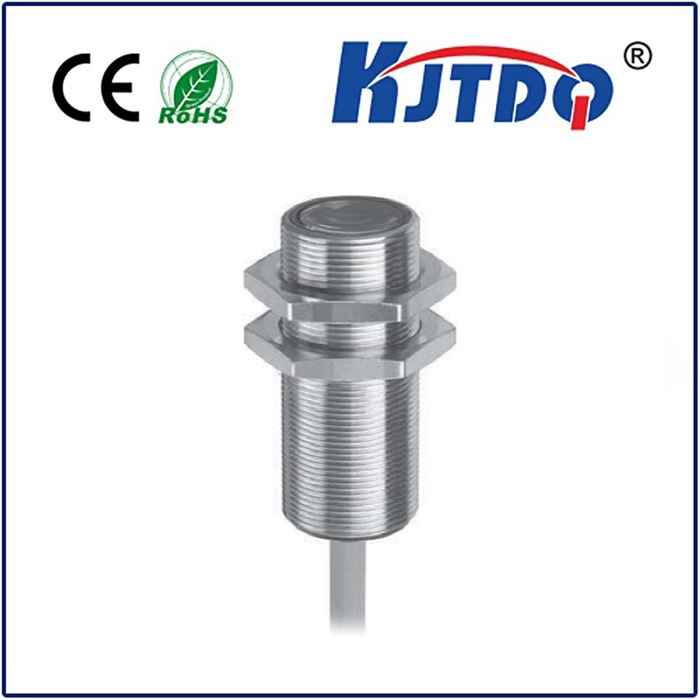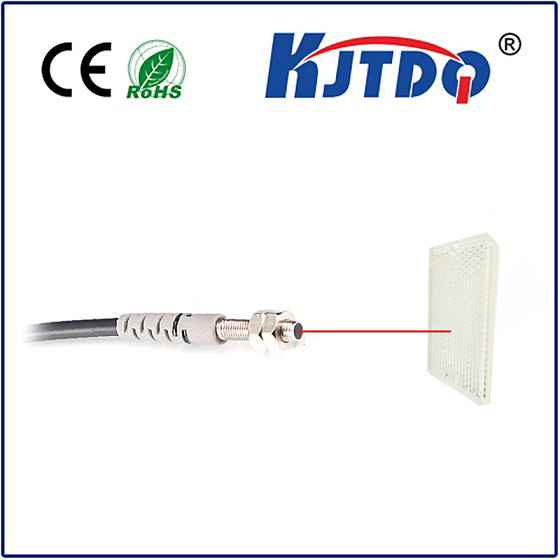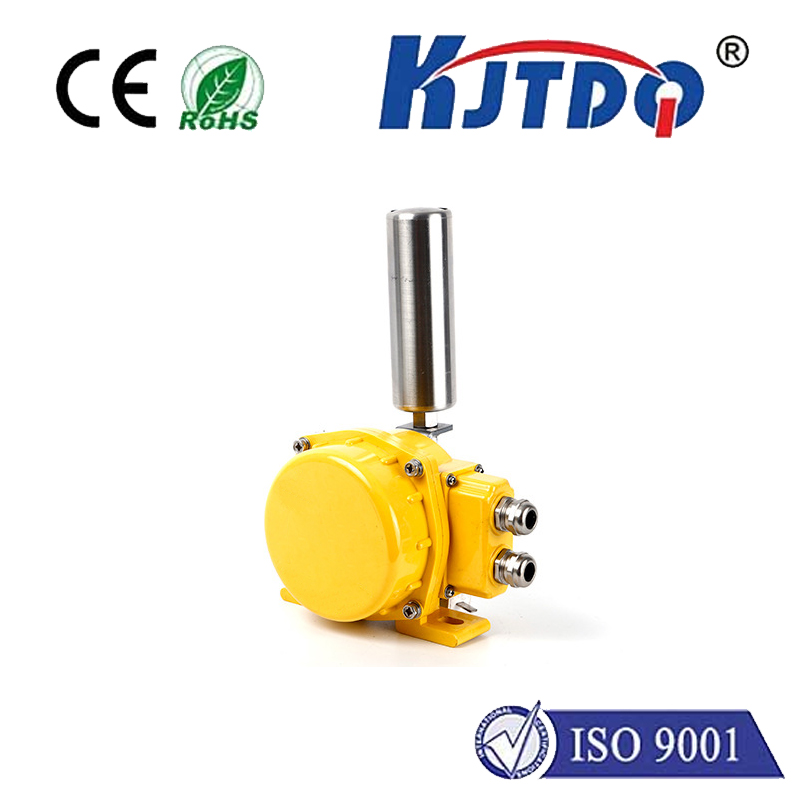pulsotronic proximity sensor
- time:2025-07-16 08:37:37
- Click:0
The Pulsotronic Advantage: Demystifying High-Performance Proximity Sensors
Imagine a world where machines operate with uncanny precision, robotic arms glide seamlessly, and automated production lines hum along flawlessly – all reliant on the silent, unseen detection of nearby objects. This is the everyday reality powered significantly by proximity sensors, and within this realm, pulsotronic proximity sensors stand out as a pinnacle of inductive sensing technology. Their unique operating principle delivers exceptional performance where reliability, speed, and robustness are non-negotiable. Understanding how they work and where they excel is key to unlocking the next level of automation efficiency.
What Exactly is a Pulsotronic Proximity Sensor?
At its core, a pulsotronic proximity sensor is a specialized type of inductive proximity sensor. Like its standard inductive cousins, it detects the presence or absence of metallic objects without any physical contact, using an electromagnetic field. The defining “pulsotronic” characteristic lies in its operating principle: it employs pulsed oscillation technology.
Instead of generating a continuous, high-frequency oscillating field, a pulsotronic sensor emits short, precisely timed bursts or pulses of electromagnetic energy. When a metal target enters this pulsed field, it induces eddy currents within the metal. Crucially, the sensor doesn’t rely on the continuous damping of an oscillator. Instead, its advanced circuitry analyzes the disturbance caused specifically by these eddy currents in the field during or immediately after the pulse. This sophisticated detection method is the heart of the pulsotronic advantage.
How Pulsed Oscillation Delivers Superior Performance
The pulsed eddy current principle employed by pulsotronic proximity sensors unlocks several significant benefits over traditional continuous oscillation sensors:
- Exceptional Immunity to Electromagnetic Interference (EMI): In industrial environments saturated with electrical noise from motors, drives, and welding equipment, standard sensors can suffer false triggering or unreliable operation. Pulsotronic technology inherently filters out this noise. Because the sensor is only “listening” during specific, controlled pulse windows, it effectively ignores the constant background hum of EMI. This translates to unwavering reliability in the toughest electrical environments.
- Superior Switching Frequencies and Speed: The ability to process discrete pulses allows pulsotronic proximity sensors to achieve remarkably high switching frequencies. They can detect incredibly fast-moving metallic objects – think small parts on high-speed assembly lines, rotating gears, or rapidly indexing machinery – with pinpoint accuracy. Where a standard sensor might miss a target or lag, a pulsotronic sensor keeps pace effortlessly.
- Extended Sensing Ranges: While dependent on the specific sensor size and design, the pulsed technology often enables pulsotronic sensors to achieve longer nominal sensing ranges compared to similarly sized continuous oscillation sensors. This provides greater flexibility in mounting and application design.
- Enhanced Stability and Temperature Independence: The pulsed detection method contributes to excellent long-term stability. Factors like temperature fluctuations, which can subtly alter the characteristics of continuous oscillators, have a much-reduced impact on the pulsed system. This ensures consistent performance specifications are maintained over a wide operating temperature range.
- Reduced Power Consumption (in some designs): The nature of pulsing the electromagnetic field, rather than maintaining it constantly, can lead to lower average power consumption in certain pulsotronic sensor models. This is particularly advantageous in battery-operated or energy-sensitive applications.
Key Features Defining Pulsotronic Sensors
Beyond their core pulsed operation, these sensors embody robust industrial design:
- Non-Contact Detection: Zero wear and tear on both sensor and target.
- Metallic Target Focus: Primarily detect ferrous (iron-based) metals, but many models also reliably sense non-ferrous metals like aluminum, brass, and copper, often with an adjusted sensing range specified in the datasheet.
- Robust Housing: Typically encased in durable nickel-plated brass or high-grade stainless steel (V4A / 316L), offering excellent resistance to chemicals, oils, and mechanical impacts. Common housing styles include cylindrical threaded barrels (e.g., M8, M12, M18, M30) or block styles.
- Output Configurations: Available with various electronic outputs, including NPN/PNP transistors (3-wire), Normally Open (NO) or Normally Closed (NC) logic, and sometimes Analog Current (4-20mA) or Voltage (0-10V) outputs for distance measurement.
- Protection Ratings: High IP67, IP68, or IP69K ratings are standard, making them impervious to dust ingress and capable of withstanding powerful water jets or temporary submersion – essential for washdown environments like food & beverage or pharmaceutical production.
- LED Status Indication: Integrated LEDs provide clear visual feedback on power status and switching state for easy commissioning and troubleshooting.
Where Pulsotronic Sensors Shine: Prime Applications
Their unique blend of speed, noise immunity, and robustness makes pulsotronic proximity sensors the go-to choice in demanding scenarios:
- High-Speed Machinery: Counting, positioning, and presence detection on packaging lines, bottling plants, printing presses, and automotive assembly where milliseconds count and EMI is rampant.
- Welding and Heavy Machinery: Unmatched resilience near welding arcs, large motors, and powerful solenoids where electrical interference would cripple standard sensors. Pulsotronic immunity ensures flawless operation.
- Material Handling & Logistics: Detecting metallic components on fast-moving conveyors, pallets, automated guided vehicles (AGVs), and sorting systems.
- Machine Tools: Monitoring tool position, workpiece presence/clamping, and spindle indexing in CNC machining centers and lathes, often exposed to coolants and metal chips.
- Harsh Environments: Food processing (requiring frequent washdowns with IP69K), foundries, steel mills, mining equipment, and offshore applications where corrosion resistance and solid-state reliability are critical.
- Precision Positioning: Applications requiring high repeatability and fine resolution benefit from the stable performance of pulsed eddy current sensing.
Selecting the Right Pulsotronic Sensor
Choosing the optimal pulsotronic proximity sensor involves considering several factors:
- Target Material: Ferrous steel offers the longest range; specify if detecting non-ferrous metals.
- Required Sensing Distance (Sn): Select a sensor with a nominal range exceeding your application needs, factoring in any installation tolerances.
- Size & Mounting Constraints: Cylindrical (threaded) vs. block style, and specific dimensions.
- Output Type: NPN sinking, PNP sourcing? NO or NC? Analog output needed?
- Switching Frequency: Ensure it exceeds the maximum required target detection speed.
- Electrical Connection: Pre-wired cable or quick-disconnect (M8, M12 connectors)?
- Environmental Demands: Required IP rating? Extreme temperatures? Exposure to specific chemicals?
- Supply Voltage: Compatibility with your control system voltage (commonly 10-30V DC).
By carefully evaluating these parameters, you ensure the pulsotronic proximity sensor integrates seamlessly and delivers its full potential of **robust











